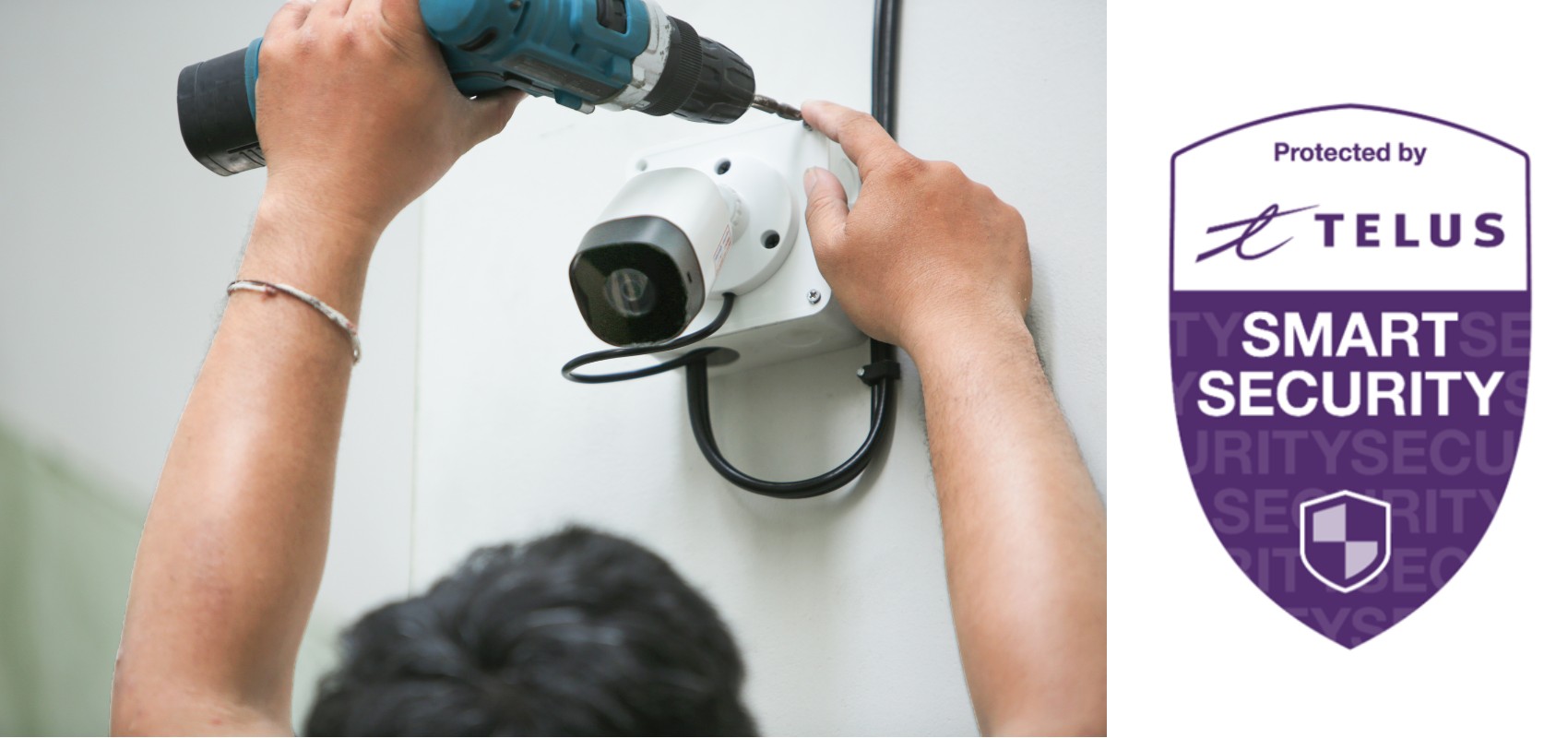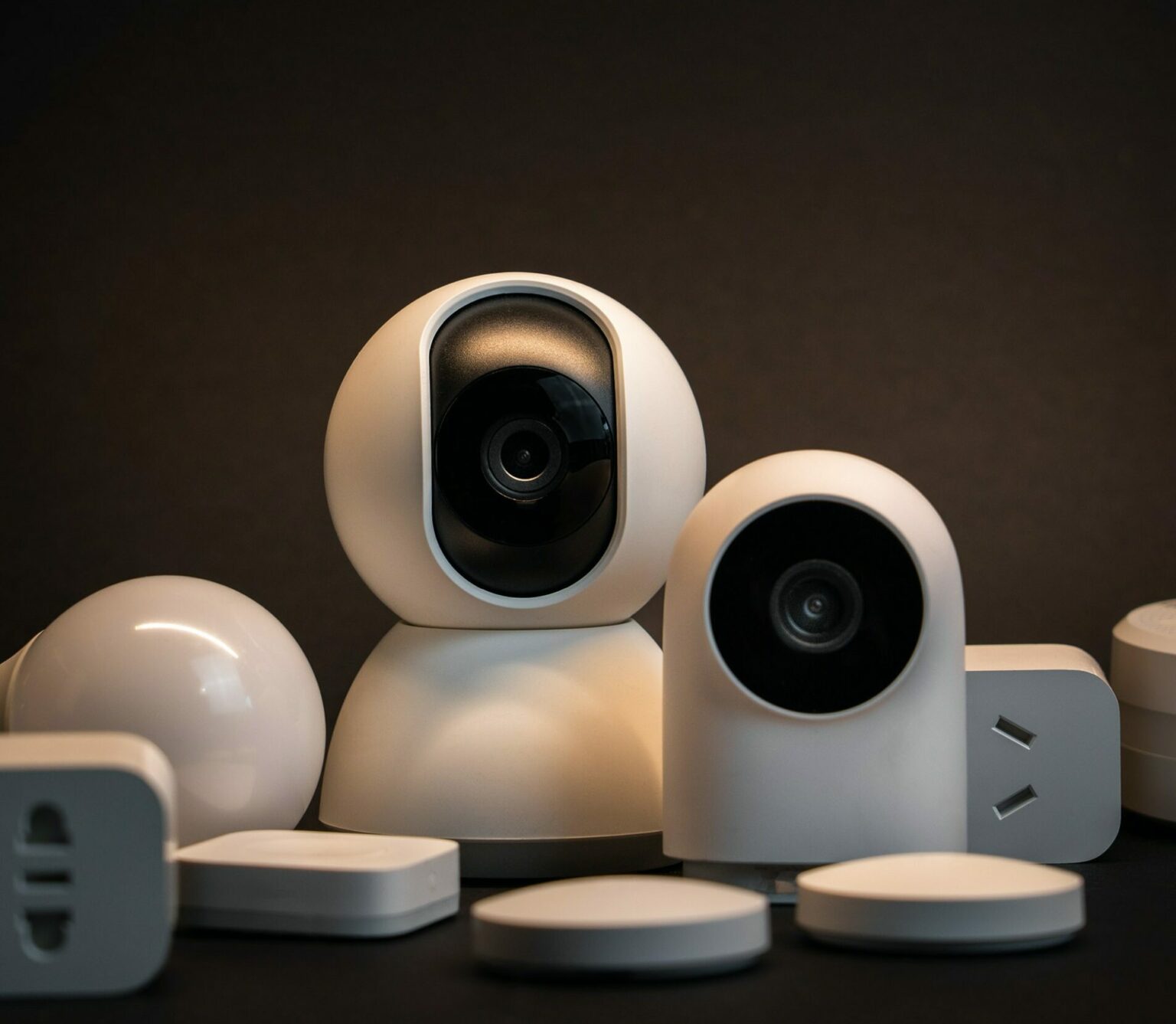Brydon
October 19, 2023
Security in the workplace is a significant aspect of modern business operations. Ensuring the safety of employees, protecting assets, and preventing unauthorized access are just a few reasons businesses invest in security measures. Security cameras enhance workplace safety among these measures.
In this article, we’ll discuss its importance and the role of camera security providers in boosting workplace safety.
Video Surveillance Market Size
Industry estimates show that the global video surveillance market will increase from $11.5 billion in 2008 to $83.3 billion in 2028. A 2013 New York Times/CBS poll showed 78% of respondents supported public surveillance cameras.
Regardless of the ever-increasing market growth, critics point out their potential to infringe on personal privacy and question their cost-effectiveness. In one example, Chicago’s surveillance cameras were credited with solving 4,500 crimes over four years. Yet, an estimated one million crimes occurred during that time, implying their contribution was minimal.
CCTV cameras can also have unintended consequences, including the “halo effect” of enhancing security outside their view, offset by the “displacement effect,” which can push antisocial activity to other areas.
Despite the negative implications surrounding security cameras and their usage, these systems hold significance in both residential and workplace settings. Below, we outline the importance of security cameras and how they boost office safety:
The Importance of Office Security
Office security is vital for several reasons, and it has a wide range of aspects, from protecting assets to ensuring the well-being of employees. These are some key reasons why office security is essential:
Employee Safety
One of the primary responsibilities of any employer is to provide a safe working environment for their employees. Security cameras can help deter potential threats and provide evidence in case of incidents.
Asset Protection
Businesses have valuable assets, including equipment, technology, and confidential information. Security cameras deter theft and vandalism, ensuring that these assets remain protected.
Liability Reduction
Security camera footage can serve as invaluable evidence in case of accidents or disputes. This can help reduce liability and resolve legal issues more effectively.
Productivity Enhancement
Security surveillance cameras can also help improve employee productivity by discouraging time theft or unauthorized breaks.
Access Control
These cameras can be linked with access control systems, allowing businesses to monitor and control who enters and exits the premises.
Benefits of Security Cameras
Let’s delve into their benefits to understand the significance of security cameras in the workplace. Below are some key advantages:
| Benefit | Description |
| Deterrence | Security cameras act as a visible deterrent to potential criminals and unauthorized personnel. |
| Surveillance | Real-time monitoring enables quick responses to incidents, preventing them from escalating. |
| Evidence Collection | Video footage serves as valuable evidence in case of accidents, disputes, or criminal activities. |
| Employee Productivity | The presence of cameras can discourage time theft and improve employee productivity. |
| Asset Protection | Security cameras help prevent theft, vandalism, and unauthorized access to valuable assets. |
| Access Control Integration | Integration with access control systems enables efficient management of who enters and exits the premises. |
Employee Privacy Considerations
While security cameras offer numerous benefits, they also raise concerns about employee privacy. To strike the right balance, you must be mindful of where you place security cameras within the workplace. The following are some areas where security cameras should be used with caution:
| Area | Considerations |
| Restrooms and Changing Rooms | Security cameras should never be placed in these areas. They are private spaces where employees have a reasonable expectation of privacy. |
| Employee Break Rooms | While monitoring entrances and exits is acceptable, placing cameras within the break room itself can infringe on employee privacy. |
| Personal Workstations | Cameras should not be directed at individual workstations, which can make employees uncomfortable and hinder their privacy. |
| Locker Rooms | Similar to restrooms and changing rooms, locker rooms should remain camera-free zones. |
| Private Meetings Areas | Areas designated for sensitive discussions or HR meetings should not be under surveillance, as they require privacy. |
| Outside Rest Areas | Places designated for employees to relax should also be camera-free to maintain privacy during breaks. |
How Security Cameras Work: Types of Security Cameras
Understanding how security cameras work is essential for making informed choices. There are several types of security cameras, each designed for specific purposes. Below are some common types:
| Type | Description |
| Dome Cameras | Dome-shaped cameras are designed for indoor and outdoor use. They are tamper-resistant and often have a wide field of view. |
| Bullet Cameras | Bullet cameras are cylindrical and are often used for outdoor surveillance. They are visible deterrents and have a narrow field of view. |
| PTZ Cameras | Pan-tilt-zoom (PTZ) cameras can be controlled remotely to pan, tilt, and zoom, offering flexible monitoring options. |
| Infrared (IR) Cameras | Infrared cameras use infrared technology to capture photos in low light or complete darkness, making them suitable for night surveillance. |
| Wireless Cameras | Wireless cameras are simple to install and connect to a network, making them ideal for locations with limited cabling options. |
| Hidden Cameras | Disguised as common objects, hidden cameras are used for covert surveillance when a less conspicuous presence is needed. |
| Outdoor Cameras | These cameras can withstand outdoor conditions, including extreme weather. |
Steps to Enhance Security Using Security Cameras
To maximize the effectiveness of security cameras in the workplace, consider the following steps:
| Step | Description |
| Security Assessment | Conduct a thorough workplace assessment to identify vulnerable areas that require surveillance. |
| Camera Placement | Strategically places cameras in high-risk and sensitive areas, ensuring they cover critical points of interest. |
| Access Control Integration | Integrate security cameras with access control systems to manage who can enter and exit your premises. |
| Monitoring and Response | Employ personnel or use monitoring services to watch camera feeds and respond promptly to incidents. |
| Data Storage and Retention | Implement secure data storage and establish a retention policy to comply with legal requirements. |
| Privacy Policies | Develop and communicate clear privacy policies regarding camera use to maintain employee trust. |
Consequences of Poor Security in the Workplace
Neglecting office security can lead to various consequences, ranging from financial losses to harm to employees and the company’s reputation. The following are some potential consequences of poor security:
| Consequence | Description |
| Theft and Vandalism | Poor security measures may lead to theft and vandalism. |
| Employee Safety Risks | Inadequate security can compromise employee safety that may lead to accidents or harm. |
| Legal Liabilities | Failing to provide a secure environment can result in legal liabilities, lawsuits, and fines. |
| Damage to Reputation | Security breaches can damage the company’s reputation, eroding trust among employees and customers. |
| Loss of Productivity | Security incidents can disrupt operations. This may cause loss of productivity and revenue. |
| Data Breaches | Poor security can lead to data breaches, thus, compromising sensitive information and privacy. |
The Charter for a Democratic Use of Video-Surveillance outlines principles for responsible CCTV use, emphasizing necessity, proportionality, transparency, accountability, and independent oversight to respect citizens’ rights.

Choose the Right Security Camera with a Trusted Provider
Office security is a necessity rather than a luxury. Security cameras are invaluable in safeguarding employees, assets, and the overall well-being of a business. However, selecting the right security camera from a trusted provider is important. It is not simply a choice but a necessity.
The right camera can significantly enhance safety, protect assets, and provide peace of mind. You gain access to the latest technology with a reputable provider and benefit from their expertise and support.
Choose the right security camera at MAG Security to secure what matters most. Call us now for all your security needs.
Frequently Asked Questions
How Do Security Cameras Enhance Workplace Safety?
Security cameras enhance workplace safety by providing continuous monitoring and deterrence. They can deter potential threats, provide evidence in case of incidents, and assist in quick response to emergencies.
What Types of Security Cameras Are Suitable for Office Use?
When it comes to ensuring office security, various types of security cameras offer distinct advantages based on your specific requirements.
- Dome cameras are versatile and can be used indoors and outdoors, providing a wide field of view.
- Bullet cameras are well-suited for outdoor surveillance due to their durability and visibility.
- PTZ (Pan-Tilt-Zoom) cameras offer remote control, allowing you to adjust their direction as needed.
- Infrared cameras excel in low-light conditions. They ensure surveillance even at night.
- Wireless cameras are ideal for offices where wiring can be challenging. They offer easy installation and network connectivity.
The choice of camera type should be tailored to your office’s unique security needs and location.
How Can I Select the Right Security Camera System for My Office?
Selecting the right security camera system involves assessing your office’s unique security needs, considering camera types, and choosing a reliable provider. Consult with security professionals for guidance.






